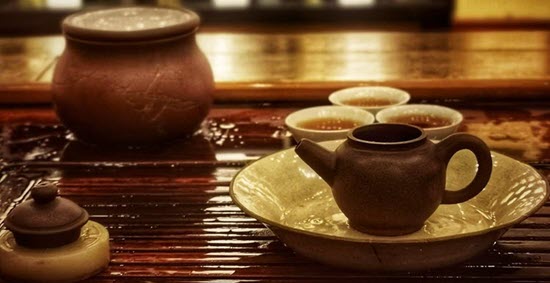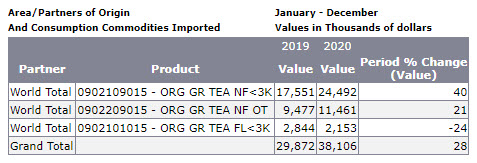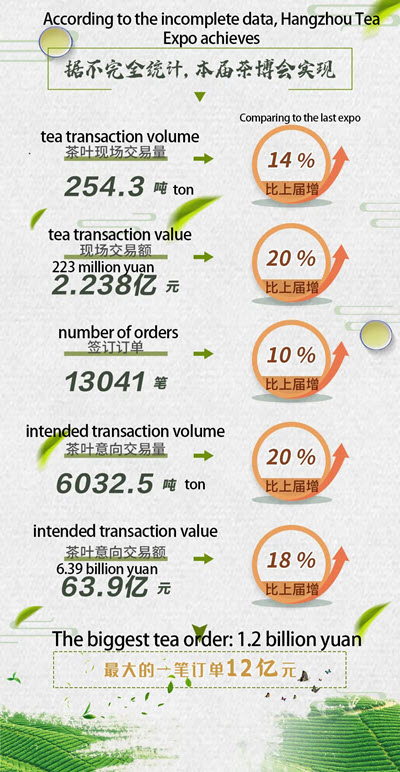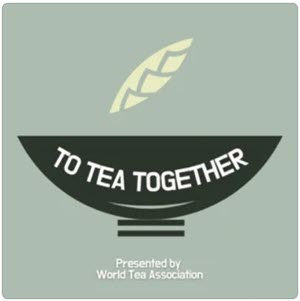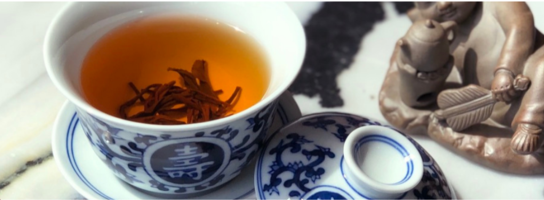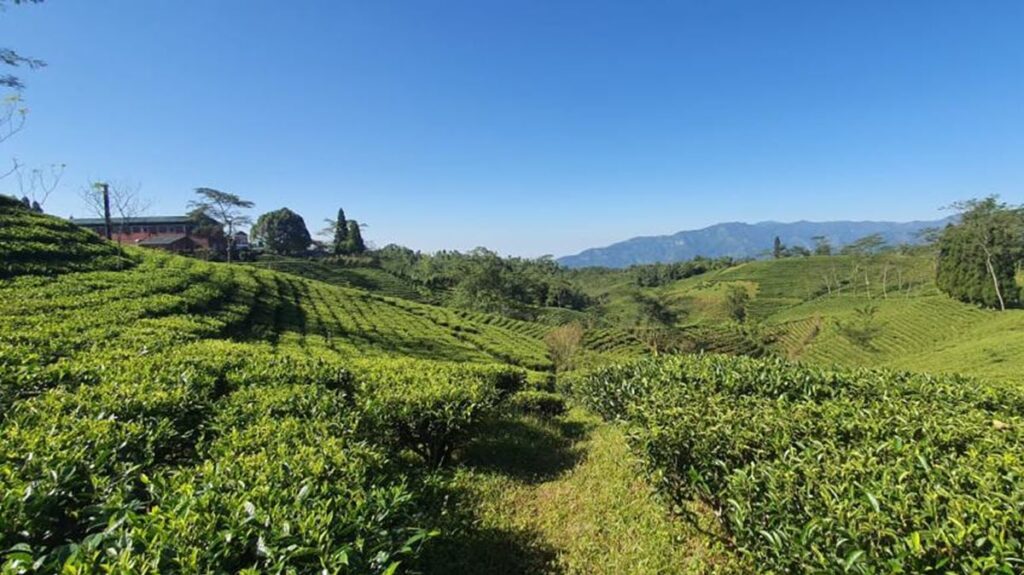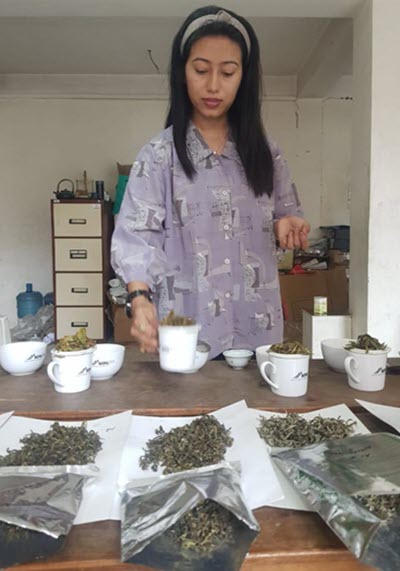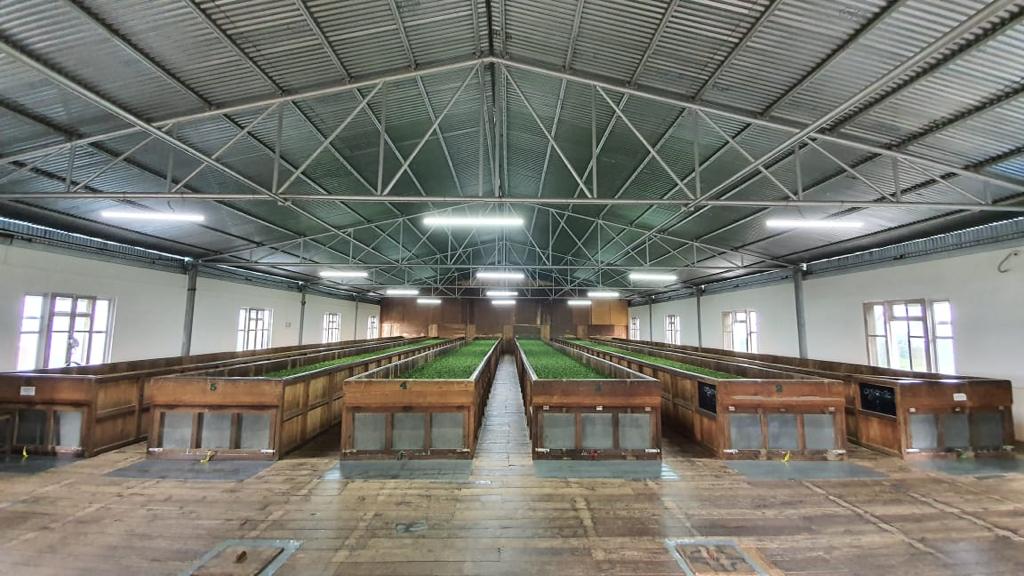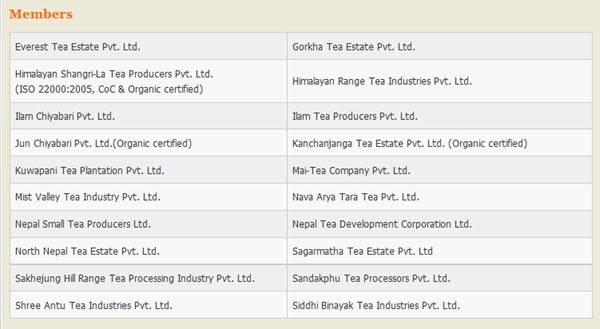The announcement in 1984 that the British colony of Hong Kong would be formally transferred to China in 1997, led to an exodus of 335,646 emigrants many of whom made Vancouver their new home. Today a second surge is building as new visa applications rose by more than 20% in 2020 to 10,800 applicants for Canadian residency. In the Vancouver suburb of Richmond, 42% of residents list either Cantonese or Mandarin as their first language. Retailers benefitted as demand swelled for authentic Chinese tea, leading widespread popularity and the expansion of Vancouver’s Chinatown, now the third largest Chinatown in North America.
Listen here:

Millennium Gate | Commons
The Charm of Vancouver’s Chinatown
By Jessica Woollard
In 1981, Kwok Sun Cheung, an immigrant from Hong Kong, opened the first premium teashop in recent memory in Vancouver, British Columbia, on Canada’s West Coast.
Catering primarily to immigrants from China, Mr. Cheung chose Vancouver’s Chinatown for the location of his shop. Now a National Historic Site, Vancouver’s Chinatown spans around six blocks and is located a short walk from Vancouver Harbor and the cauldron from the 2010 Winter Olympic games. It’s the third-largest Chinatown in North America, after New York and San Francisco.
Olivia Chan, Mr. Cheung’s daughter, now runs the teashop, called Treasure Green Tea Company. The shop is one of two premium loose leaf tea purveyors in Vancouver Chinatown. The second shop, called simply The Chinese Tea Shop, is a six-minute walk from Treasure Green. The shop and opened in 2004.
Tour of the tea shops: Treasure Green Tea Company
Our tour begins at Treasure Green Tea Company on East Georgia Street.
Upon entering the modern storefront, you’ll sense immediately the vibe is east meets west. There is minimalistic décor accented with old finishes to keep with tradition and Mr. Cheung’s legacy. Olivia says it’s important the shop is appealing to modern customers — maybe people new to tea — but that it also not lose its strong tie to tradition.

Here’s how she’s accomplishing that blend of old and new:
Near the back of the shop is a black, sleek table with white benches, used for tea education and conversation. Adjacent to the table is a wall of white pigeonhole shelving. It’s a very modern, clean look until you examine the items on display in each of the pigeon holes more carefully: there are earth-colored terracotta teapots, with an old-world feel, alternating alternate with modern ceramics.
Old meets new again in the way Treasure Green makes use of tea canisters in the decor. Behind the sleek main counter, you’ll see wooden furniture on which rests a conservative selection of canisters with crisp, cream labels. On the labels, is calligraphy in black and red ink. The crispness of the printed labels gives those canisters a very modern feel.
But across from that main counter, you’ll see older looking canisters with red labels. Those labels feature Mr. Cheung’s hand-drawn calligraphy. They are the original canisters from when the shop opened in 1981, and they are placed in a few areas of the shop as well as in a memorabilia space, detailing the shop’s history.
Olivia also honors tradition through the tea leaves she sells. Many are purchased from farmers her father started working with in the 1980s. Just like Olivia is second generation, some of the tea farmers she works with are also second generation.
I asked Olivia if it’s important to nurture the relationship her family has had with tea farmers over the years. Here’s what she told me:
“Absolutely, it’s like any other relationship. You need to keep it alive and connected. It means a lot to them for someone to come from abroad and say hello,” she says.
Ultimately, Olivia wants to connect her customers at Treasure Green with the best, premium Chinese teas she can source. “Some people might come in and say, ‘I’m trying to replace my coffee in the morning,’ and we will suggest some tea that a little bit heavier flavor and with a higher caffeine content,” says Olivia. “Some people might come in and say, I want some green tea and then you need to understand why they’re drinking green tea. For example, some green tea can be very loaded with antioxidants. So it depends what benefits they want to be getting from the beverage.”
To ensure the teas she sells are high-quality and pure, Olivia examines how clean the tea is and how it’s handcrafted. She also looks at the flavor — no pesticides, which she says you can taste — smoothness, durability (numbers of brews), sweetness and the after-taste.
Tour of the tea shops: The Chinese Tea Shop
Once Olivia and her staff have helped you select the right tea for you, leave the shop heading west, stroll four blocks on Main Street, then turn left on East Pender. Walk another 250 meters. When you see bright red awnings at the corner of East Pender and Columbia Street, you’ve arrived at The Chinese Tea Shop.

Like Mr. Cheung, owner Daniel Liu is from Hong Kong; he immigrated to Canada in 1997.
The feel of The Chinese Tea Shop is traditional in the best way. The shop features many shelving units packed with items — teawares, teacakes, canisters, and all the items you need to prepare tea using the Chinese method — Gong Fu Cha, meaning Tea with Great Skill. You’ll find tea scoops, trays, gaiwan.
The furniture in the shop is made of rich wood, many pieces coming from China, adding to the traditional feel of the shop.
It’s a place where it feels right to drink aged tea dust kept in an antique tin receptacle, steeped in water from an embossed cast iron kettle.
Daniel, like Olivia, sources his high-quality premium teas selectively. He travels to China yearly to meet his contacts and sample teas in person. Relationships, he writes on his website, “are essential to procuring the best tea.”
After visits to Treasure Green and the Chinese Tea Shop, your mind will be full of wonderful information about tea, and, importantly, your palate will be activated, delighted by the premium teas available in Vancouver’s Chinatown.
Related: Wikipedia
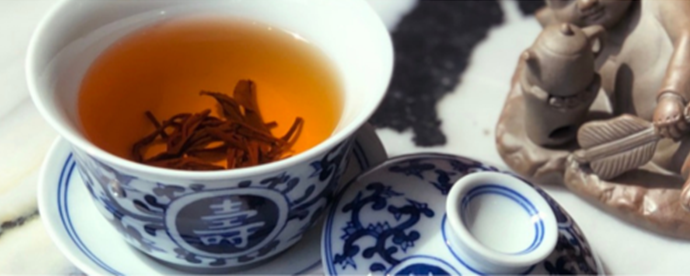
Share this post with your colleagues.
Signup and receive Tea Biz weekly in your inbox.
Never Miss an Episode
Subscribe wherever you enjoy podcasts:

